March 22, 2021 - World War II Museum
|
| This one has been on my bucket list for a long time. It's the highly-regarded World War II Museum in New Orleans. |
| |
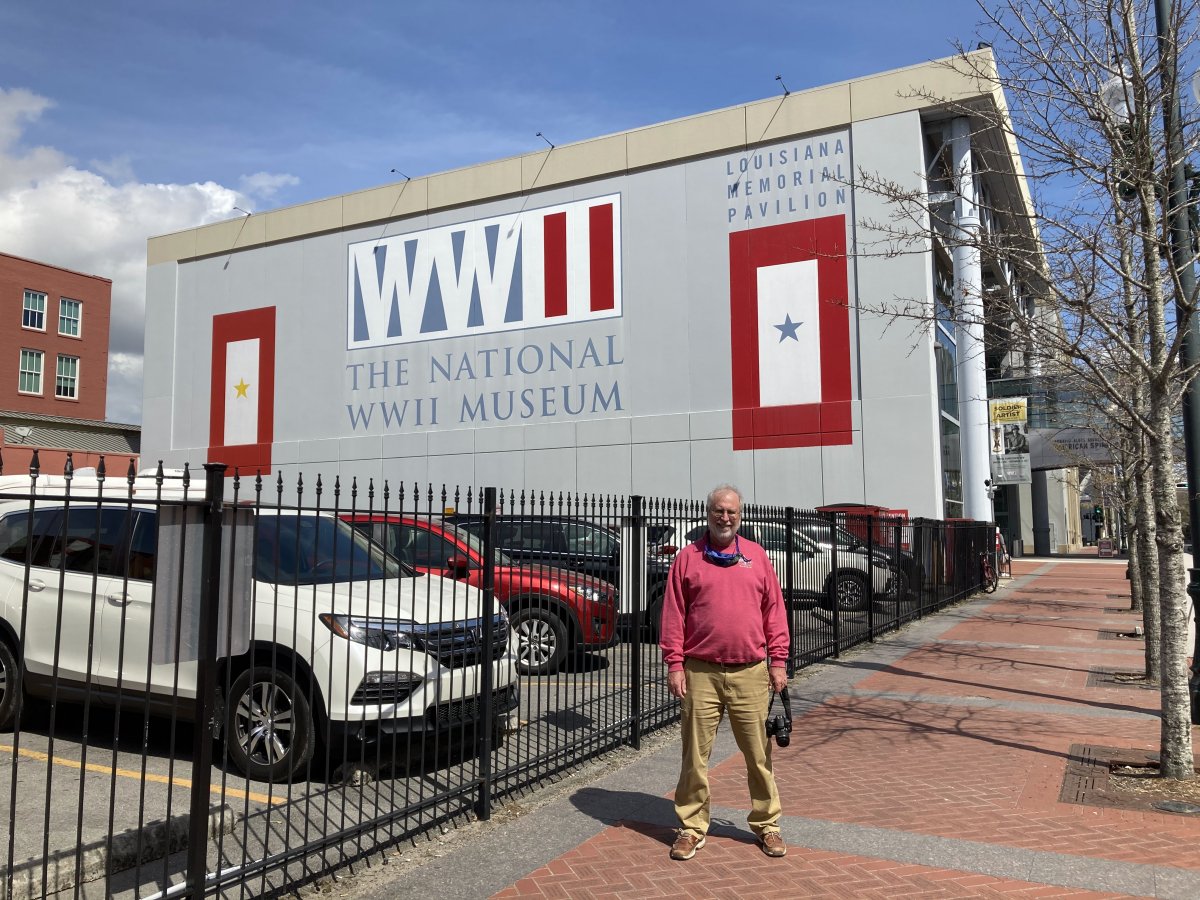 |
|
|
The museum opened as the D-Day Museum, on June 6, 2000, the 56th anniversary of D-Day, focusing on the amphibious invasion of Normandy. As the Higgins boats, vital to amphibious operations, were designed, built, and tested in New Orleans by Higgins Industries, the city was the natural home for such a project. Furthermore, New Orleans was the home of historian and author Stephen Ambrose, who spearheaded the effort to build the museum. Ambrose had also written perhaps the best single book on D-Day, titled "D-Day".
|
| |
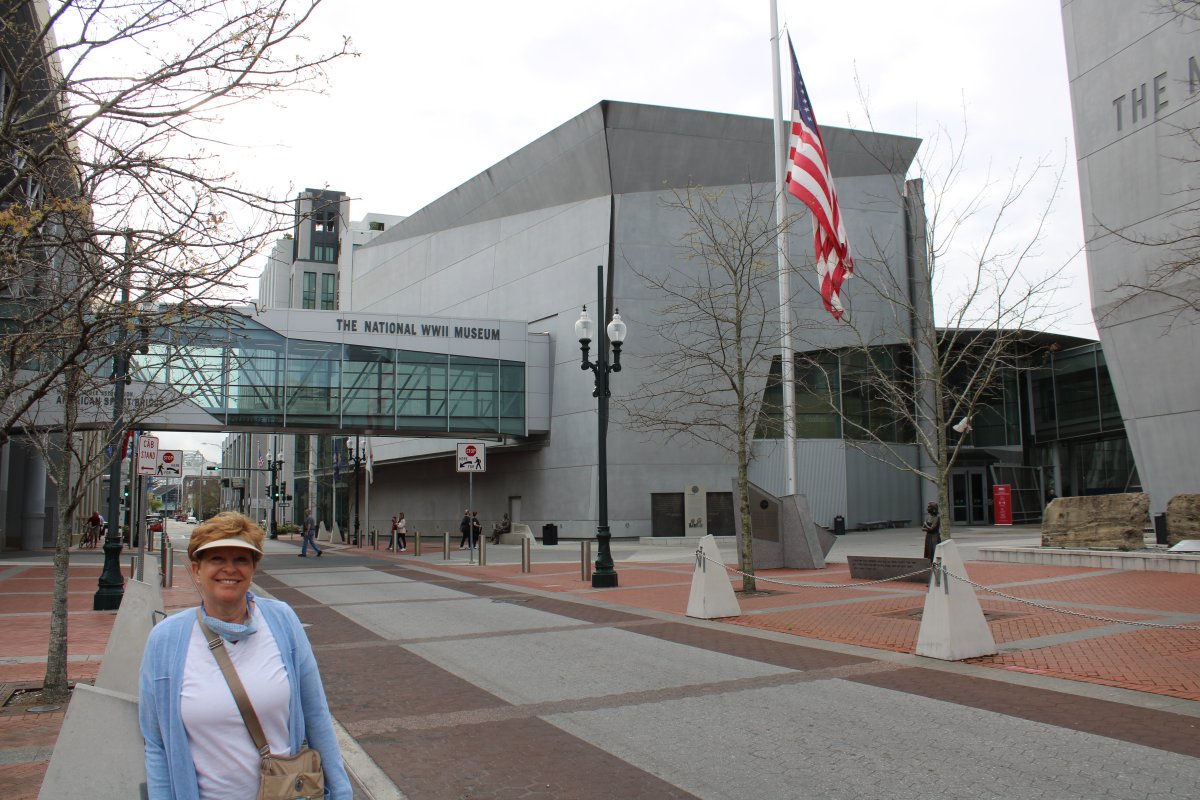 |
|
| Speaking of Higgans Boats -- you might know them as LVCP Landing Craft -- there is one in the main lobby. They were built of wood. |
| |
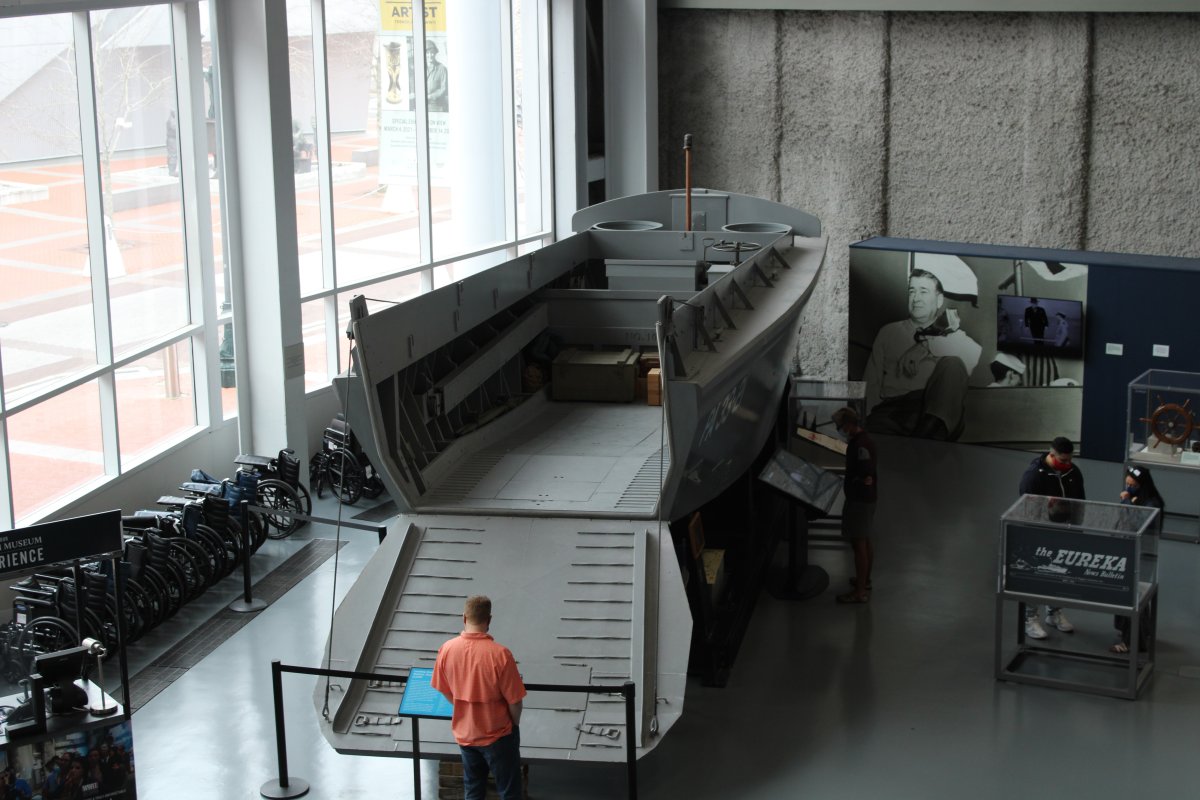 |
|
|
A German 88-mm flak (anti-aircraft) gun; also extremely effective in the anti-tank role. The gun was so successful that the Germans used it in their famous Tiger tank.
|
| |
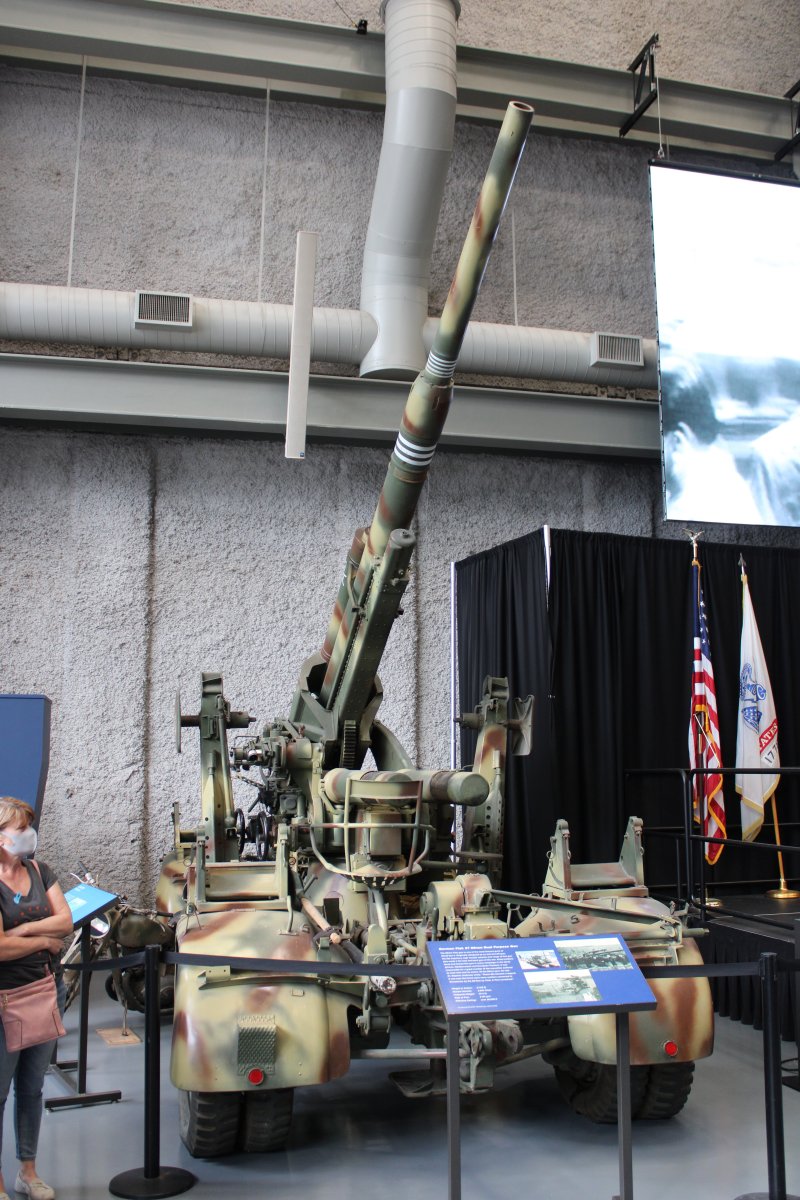 |
|
| A C-47 -- military version of the famous DC-3 airliner -- hangs overhead inthe main lobby. This particular aircraft -- 096 -- flew its first combat mission, dropped pathfinders of the 82nd Airborne Division into France on D-Day, June 6, 1944. |
| |
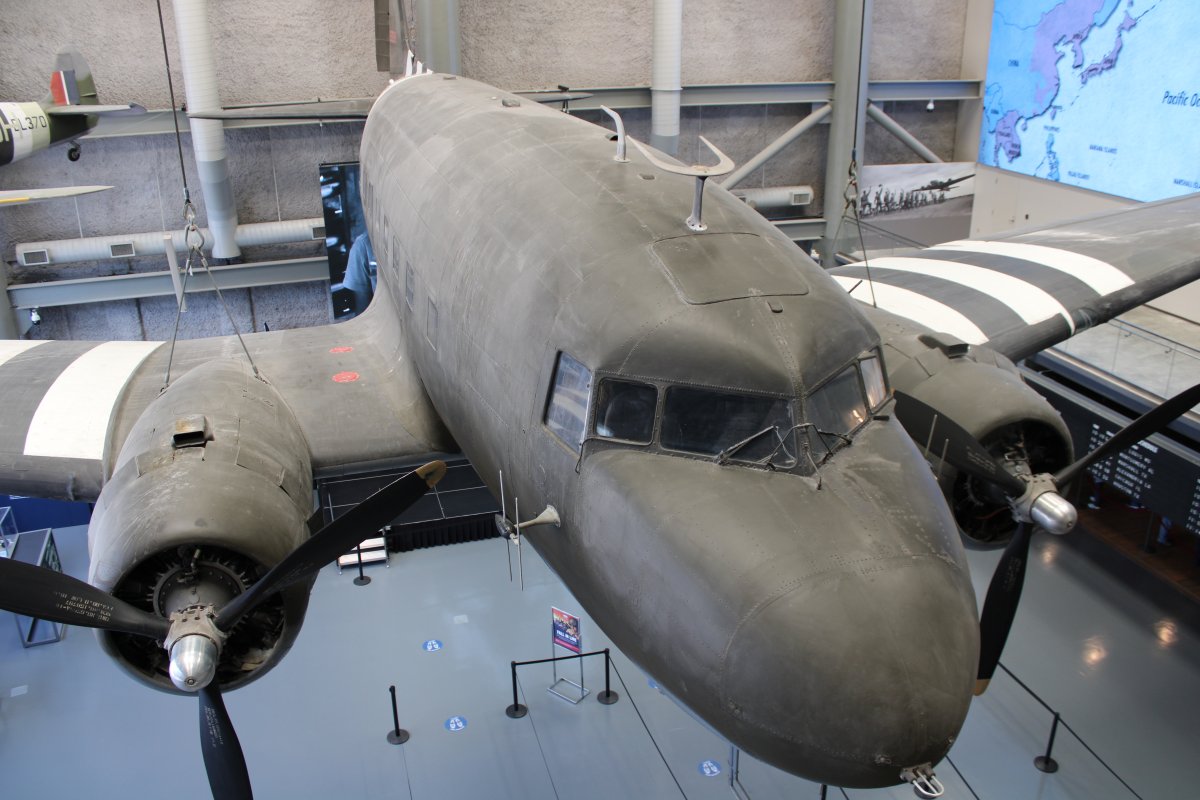 |
|
| Also hanging overhead in the main lobby is another one of the great planes of World War II: the British Spitfire (Mark Vb). Notice the black and white "invasion stripes". All Allied planes had these painted on for the Normandy invasion. This particular aircraft actually supported the Normandy invasion. |
| |
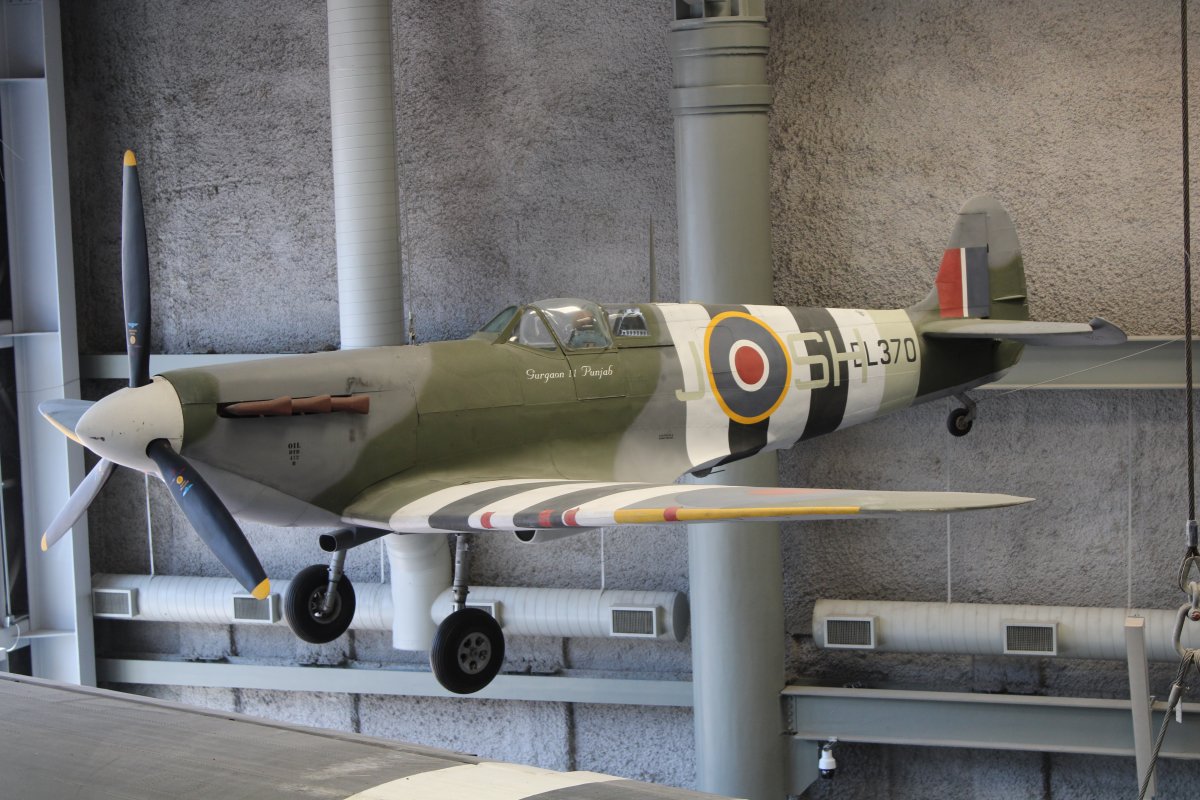 |
|
|
A model of the USS Magoffin (APA-199). This ship was designed to carry 1,500 troops to a hostile shore and land them there in the 18 landing craft it carried.
The museum had all sorts of exhibits of guns, uniforms, ship models, you name it.
|
| |
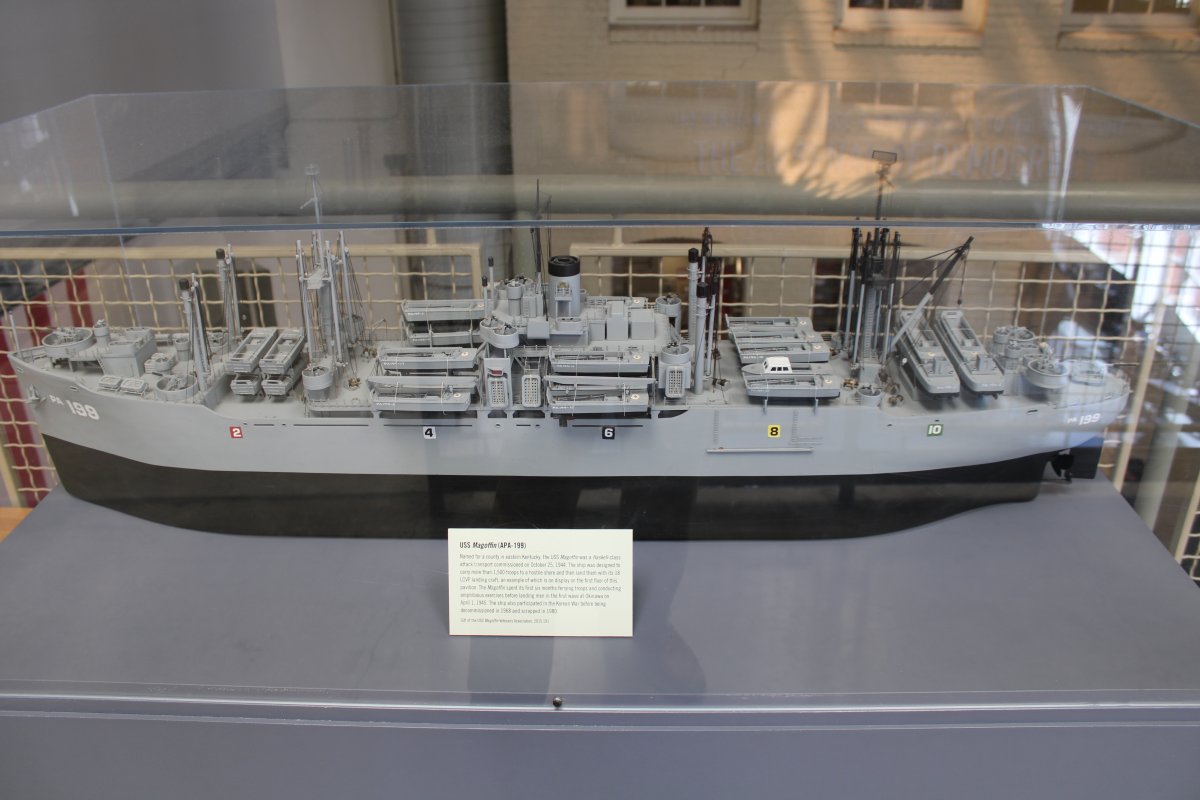 |
|
|
I don't think it takes anything away from the courage and sacrifice of the American fighting man to say that World War II was really won by America's Arsenal of Democracy. The giants of industry pictured here were the ones who made it happen. They did it for a dollar-a-year.
|
| |
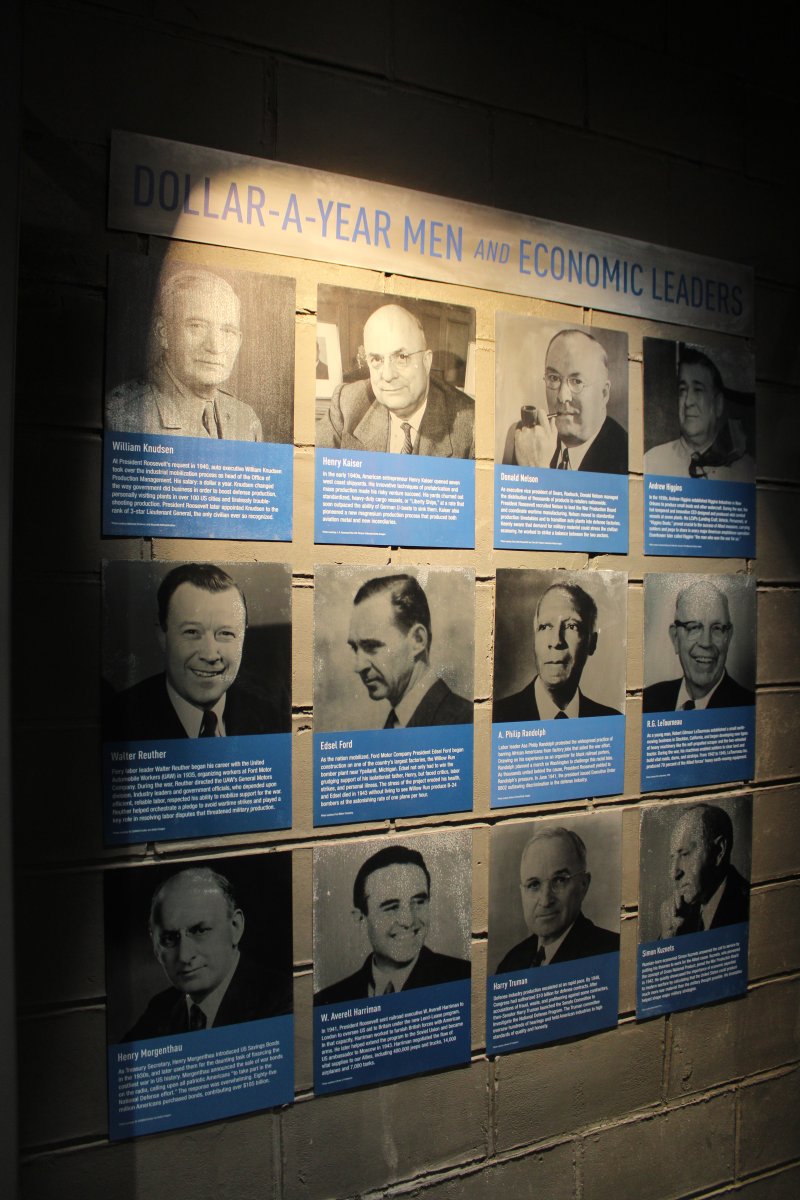 |
|
| Mainstay of the German Luftwaffe: a Me-109 hangs overhead. |
| |
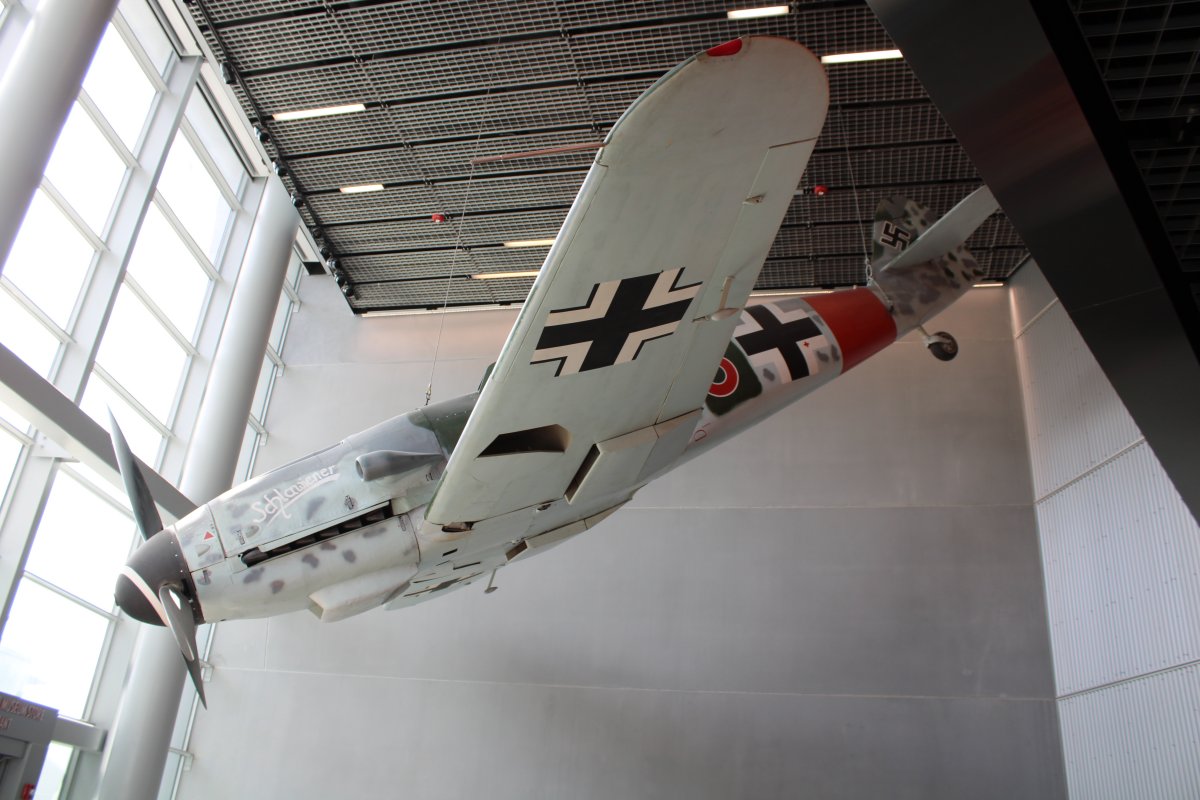 |
|
|
Lynnette hanging out in the South Pacific area.
|
| |
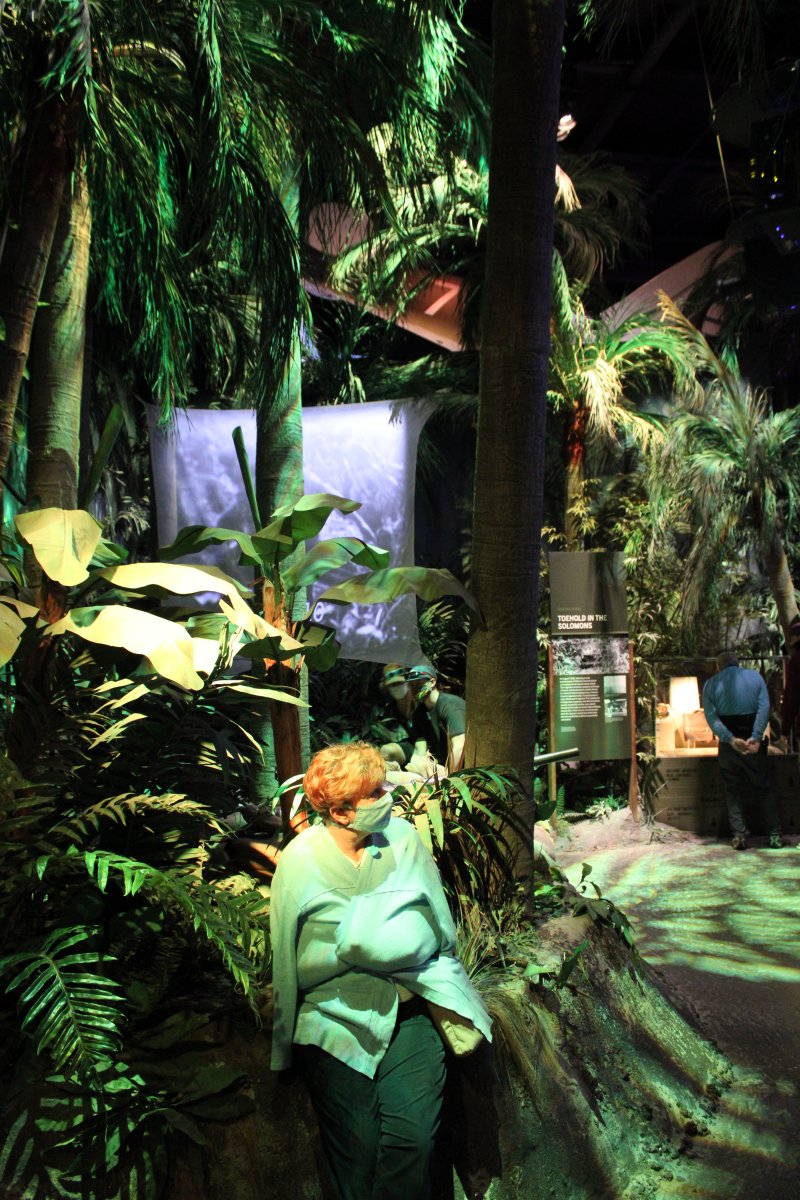 |
|
|
The next area of the museum was decided to airplanes. It was a tall area so most of the planes hung from the ceiling. There were viewing areas accessible via stairs/elevators so that you could look down on the airplanes. It was a very effective way of presenting the airplanes; much better than simply looking at the planes on the ground.
Here is a U.S. Navy Dauntless divebomber, in a dive, with dive flaps deployed. This was a great plane for the U.S. Navy and was the primary weapon deliverer in all the aircraft carrier battles against the Japanese. By releasing its bomb in a steep dive, the dive bomber could achieve great accuracy, which was necessary to hit a moving ship. The Germans also used their dive bomber, the Stuka, with great effectivess in ground support of the panzers.
|
| |
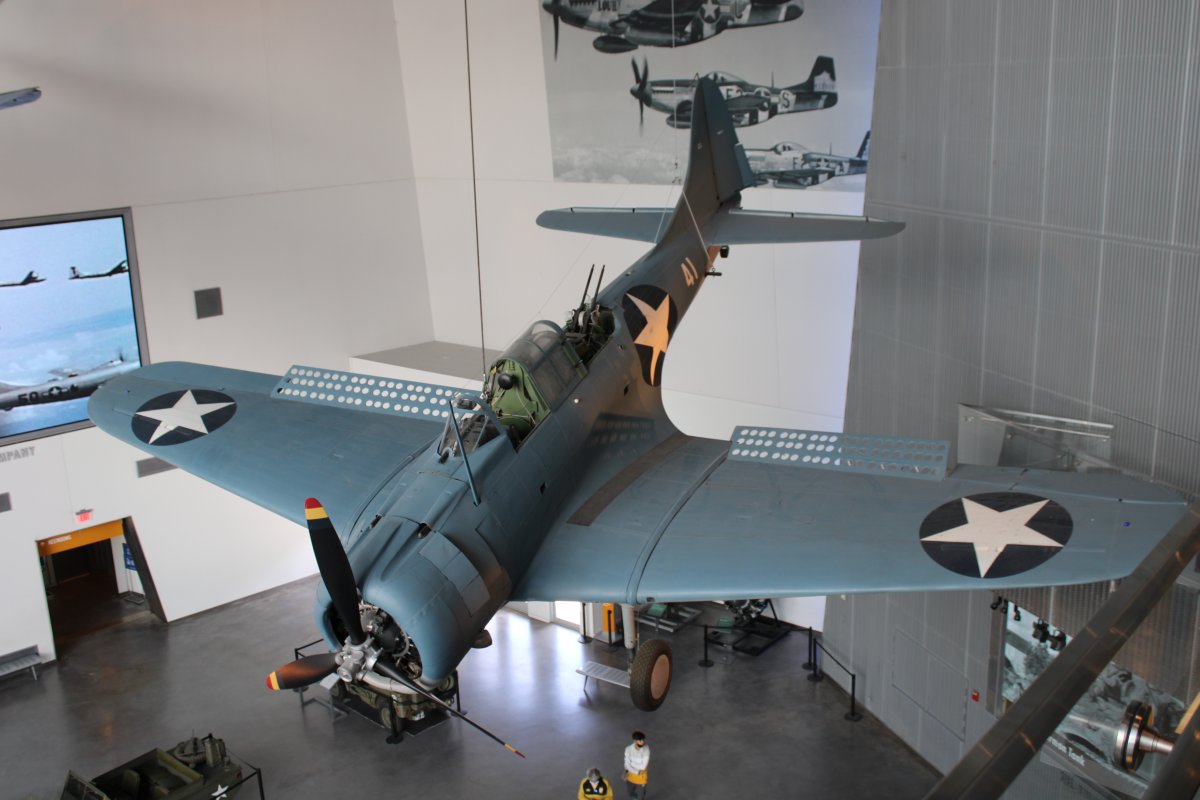 |
|
| A nice frontal shot of the Dauntless. |
| |
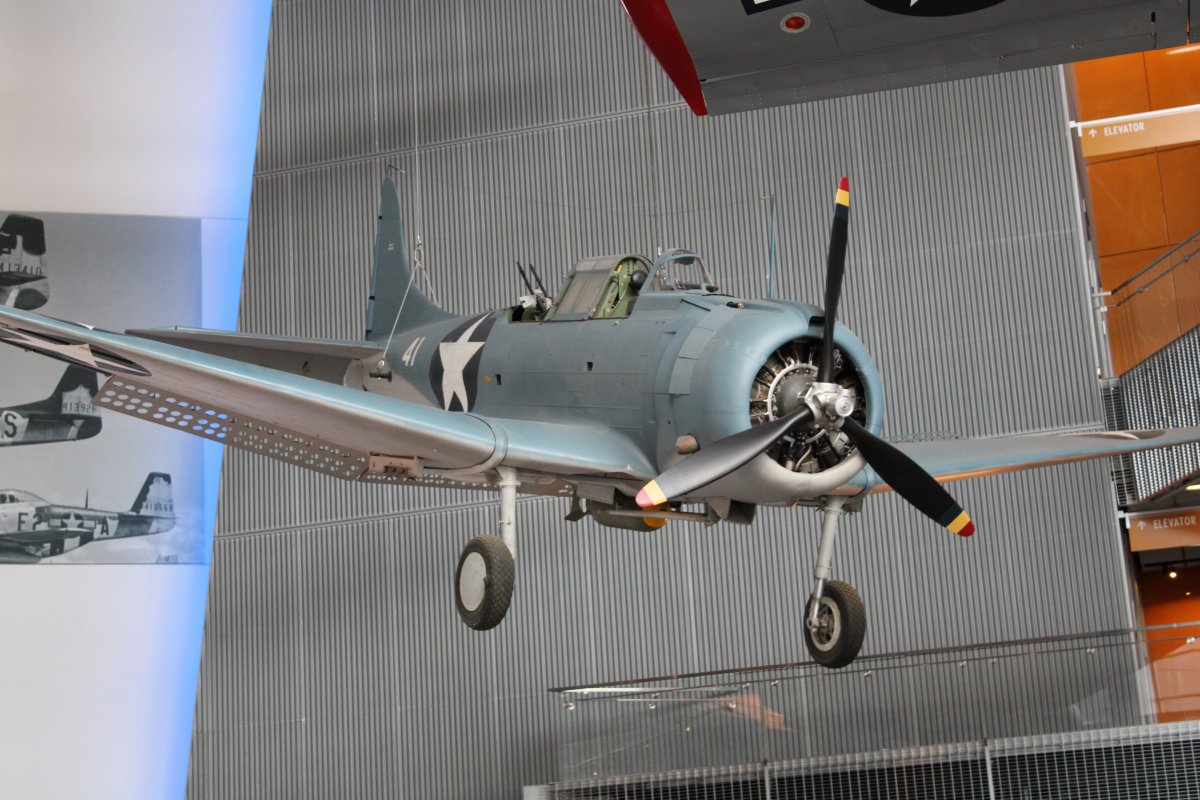 |
|
| The dive brakes fully deployed. I once talked with a friend who had flown the Dauntless. I asked him why we never saw a Dauntless demonstrate a steep dive bombing at an air show. He said they rarely deployed the dive brakes on the Dauntless these days, because if the dive brakes failed to retract, it was not possible to fly the plane to a landing. The planes are too rare and valuable to risk. |
| |
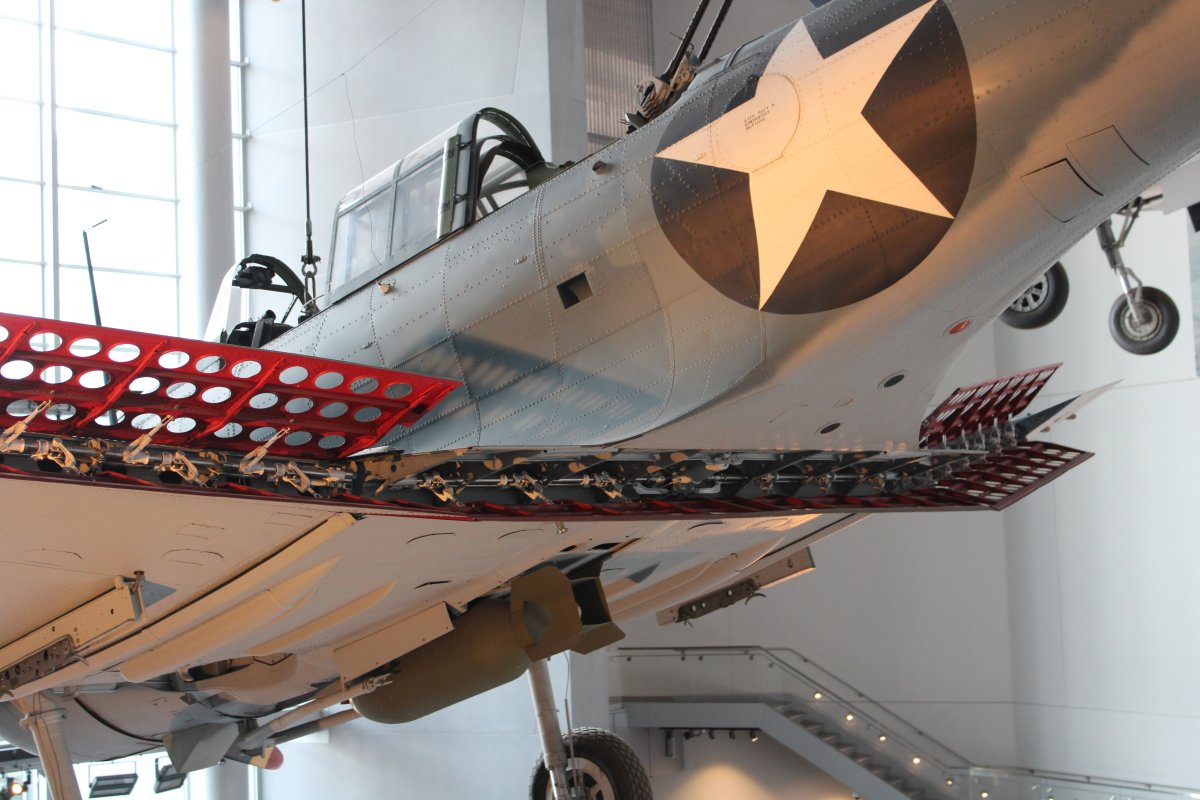 |
|
|
A TBM Avenger with bomb bays open. The Avenger was a great plane for the U.S. Navy in World War II, flying off the carriers including the small Escort Carriers and doing everything except for dog fighting: bombing, torpedoing ships, sinking submarines with rockets and guided torpedoes, logistic flights, you name it.
|
| |
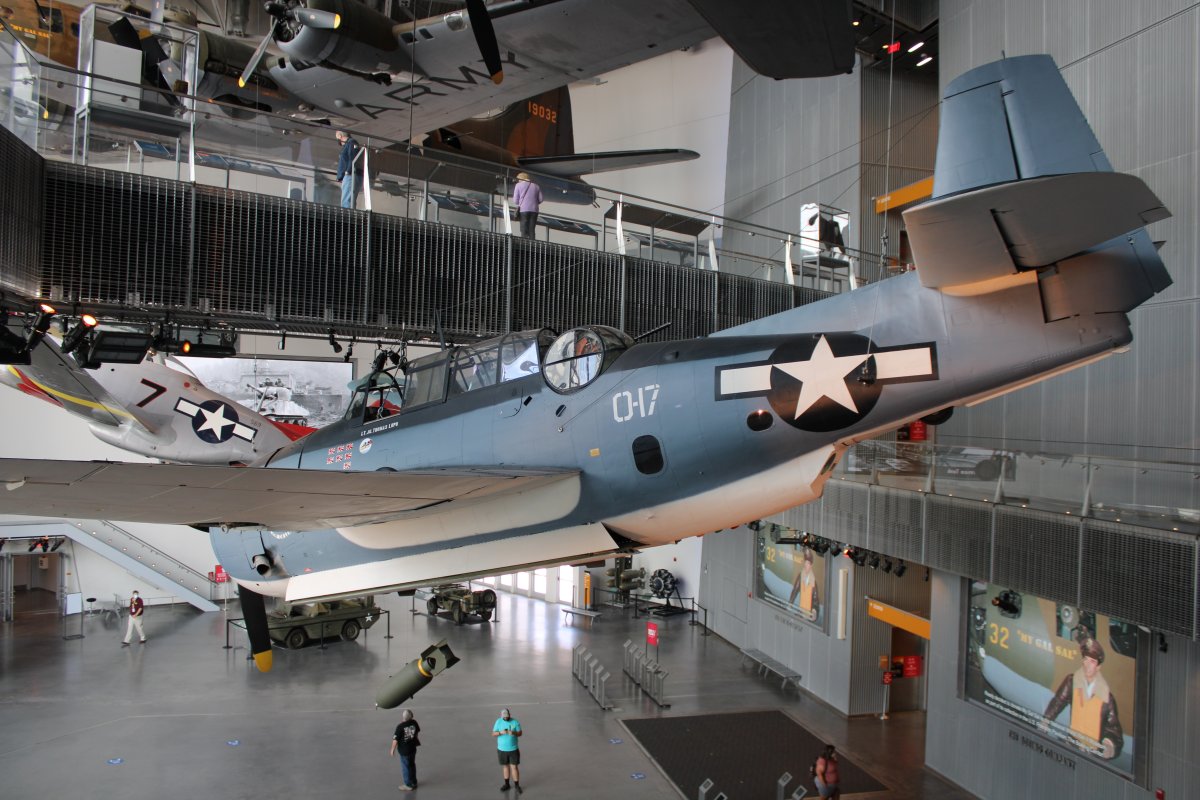 |
|
| The F4U Corsair -- fought in both World War II and Korea. |
| |
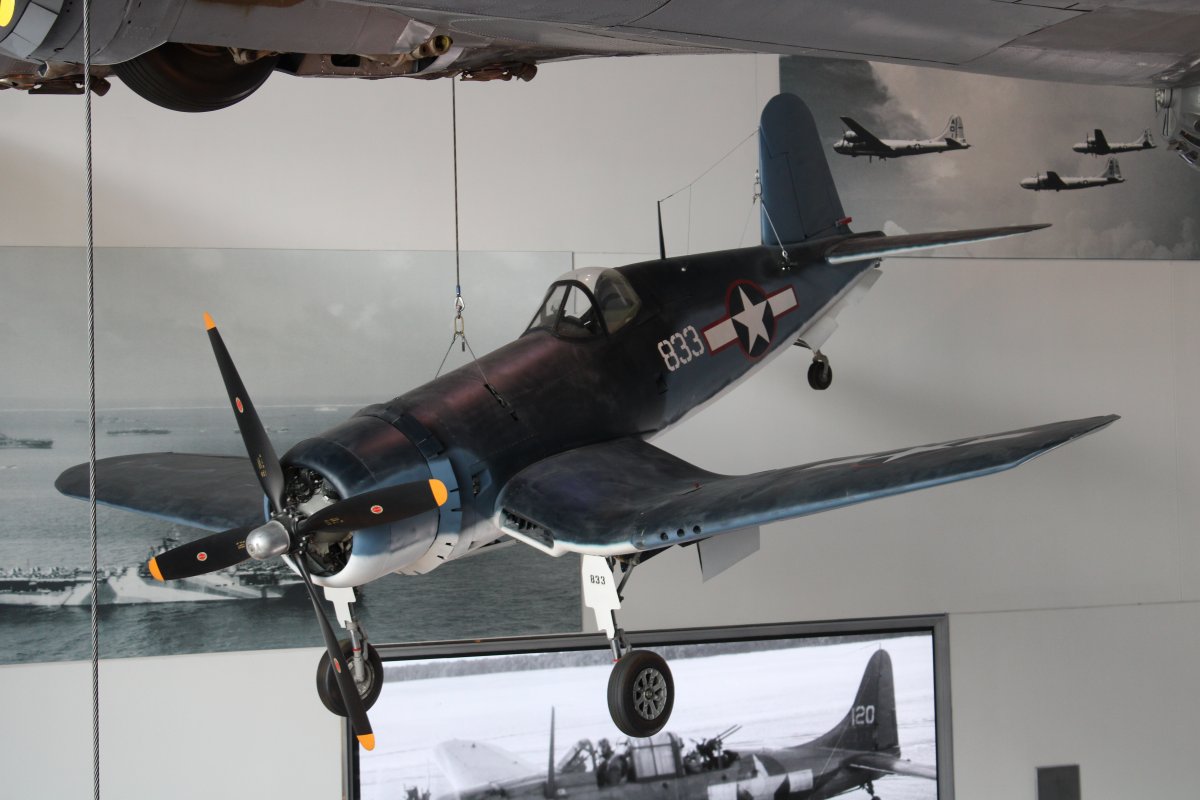 |
|
|
The ultimate World War II fighter: the P-51 Mustang.
|
| |
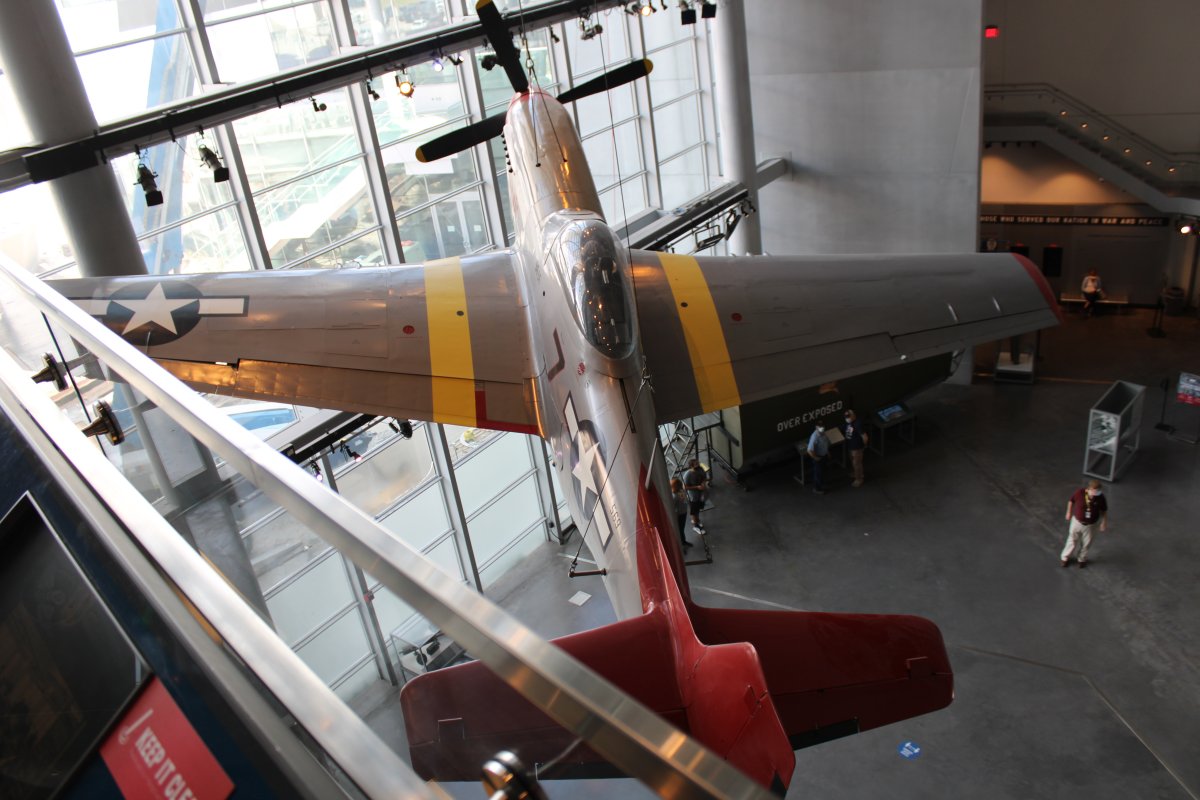 |
|
| Lynnette always enjoys the air museums! |
| |
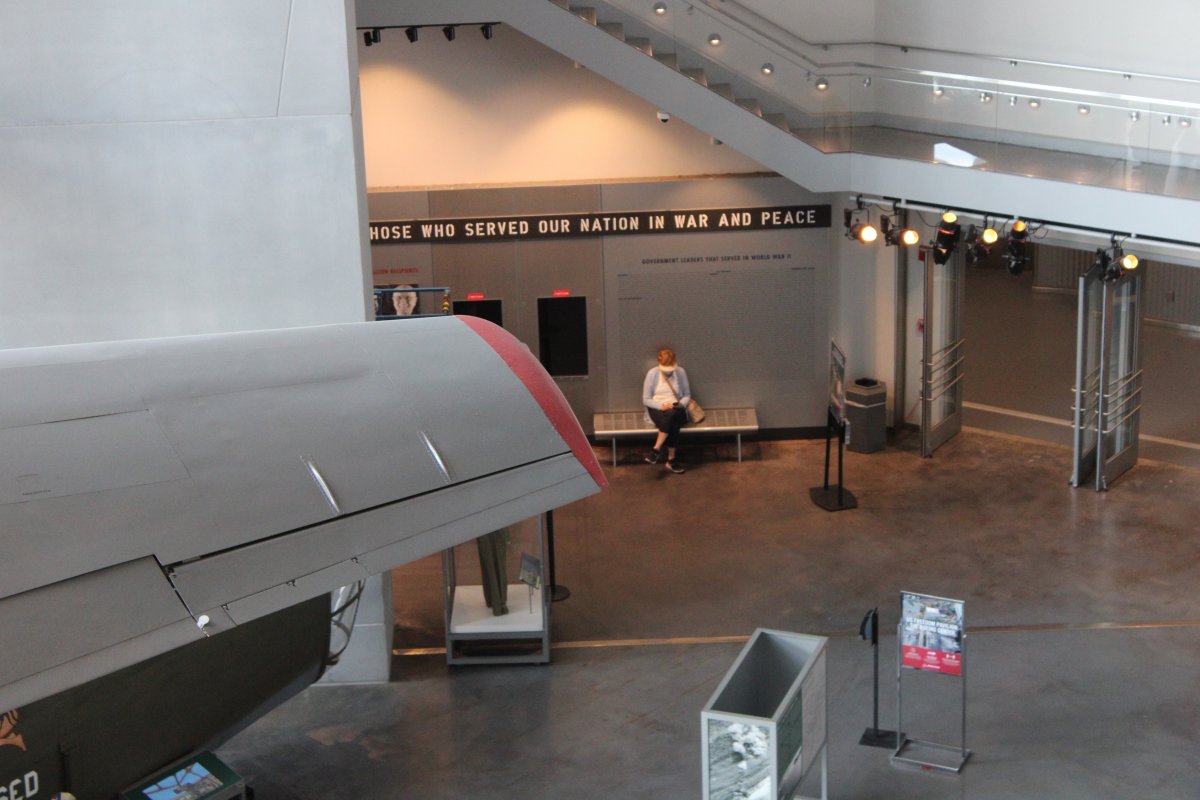 |
|
| B-17 Flying Fortress. |
| |
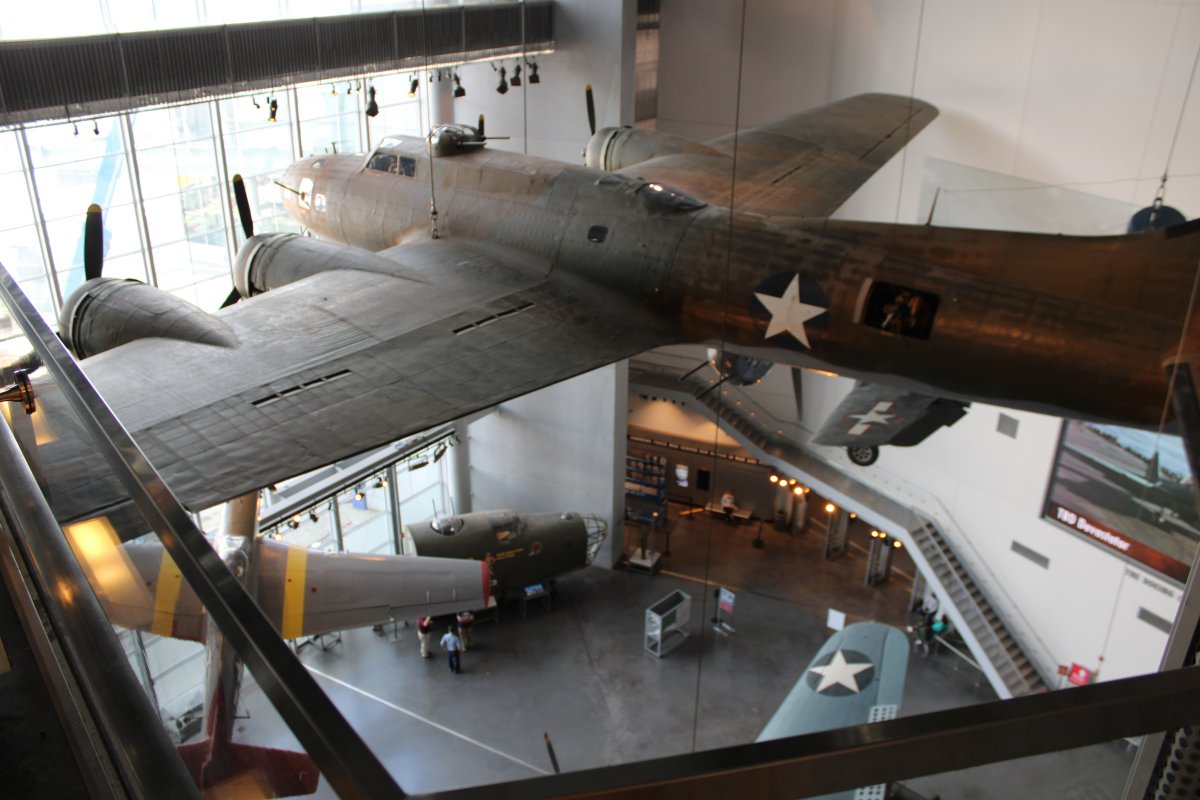 |
|
| It was not easy for enemy fighters to shoot one of these bombers down. They were rugged and had lots of 50cal machine guns for protection. |
| |
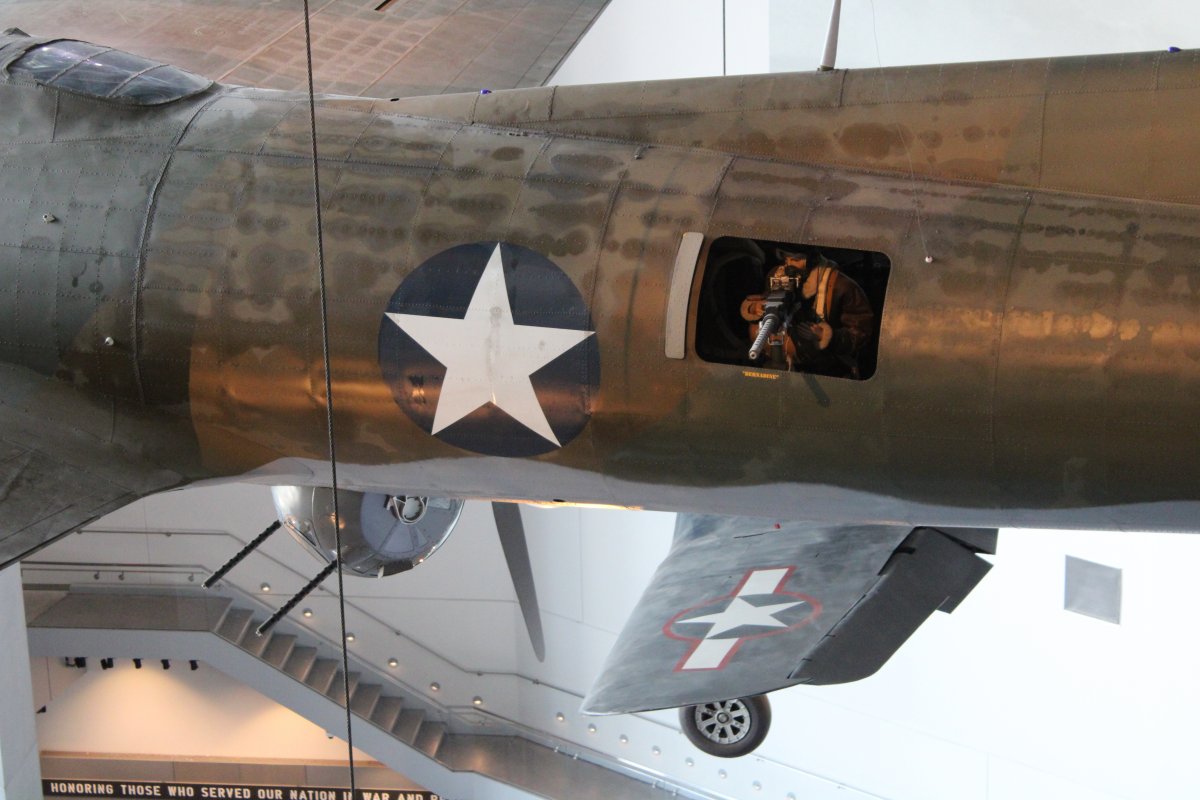 |
|
|
B-25 medium bomber. The B-25s fought World War II from beginning to end.
|
| |
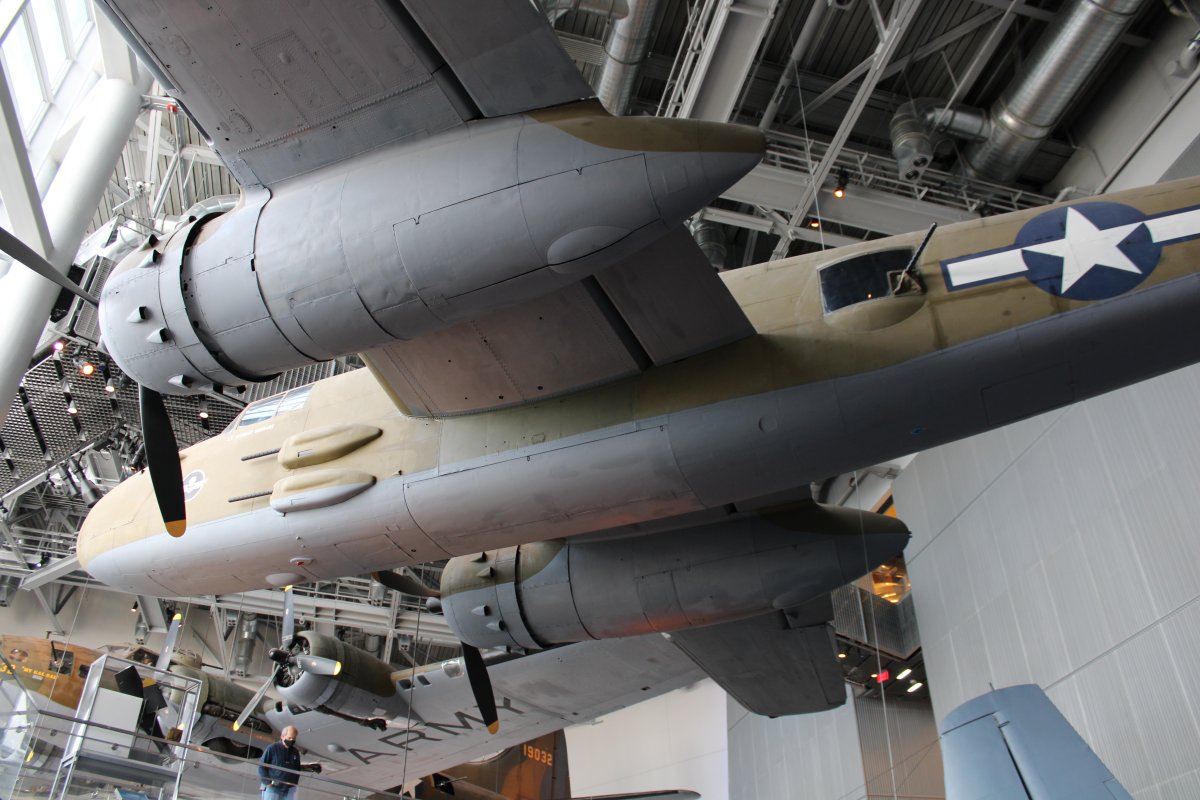 |
|
|
Head on shot of the Avenger.
|
| |
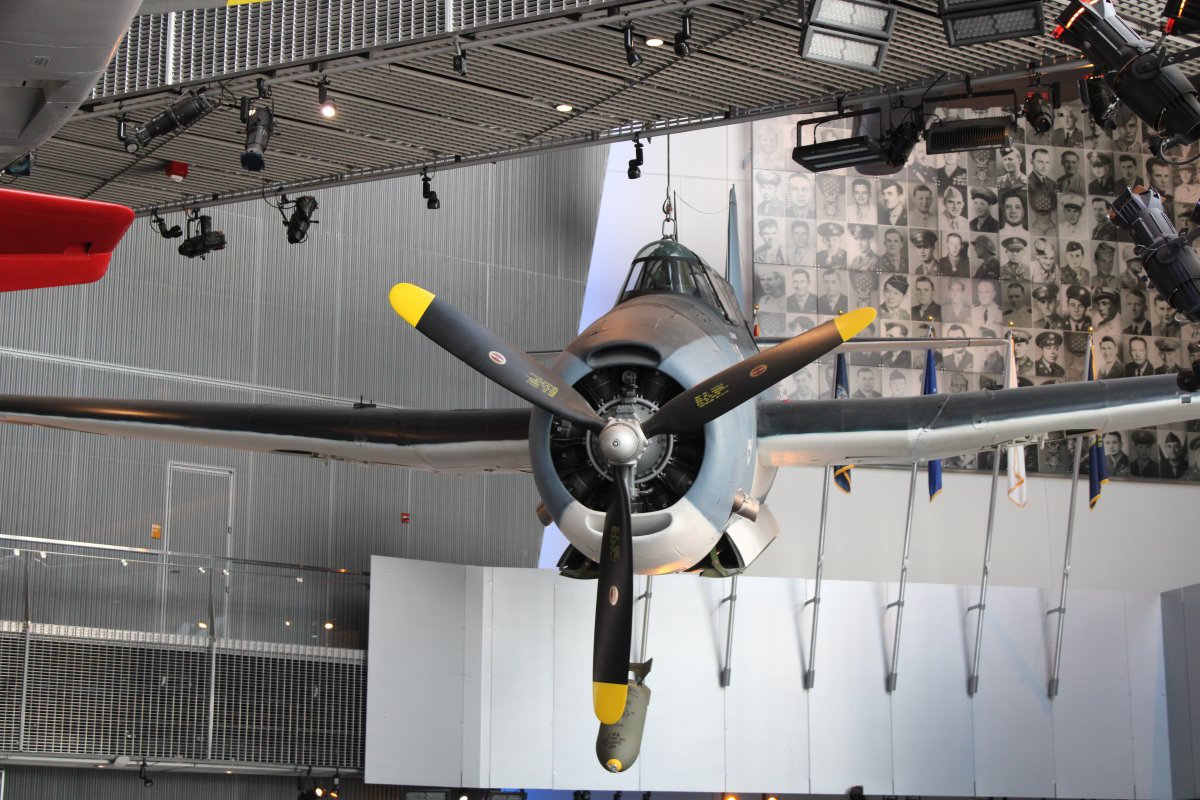 |
|
| The Benjamin Franklin monument in Lafayette Park. |
| |
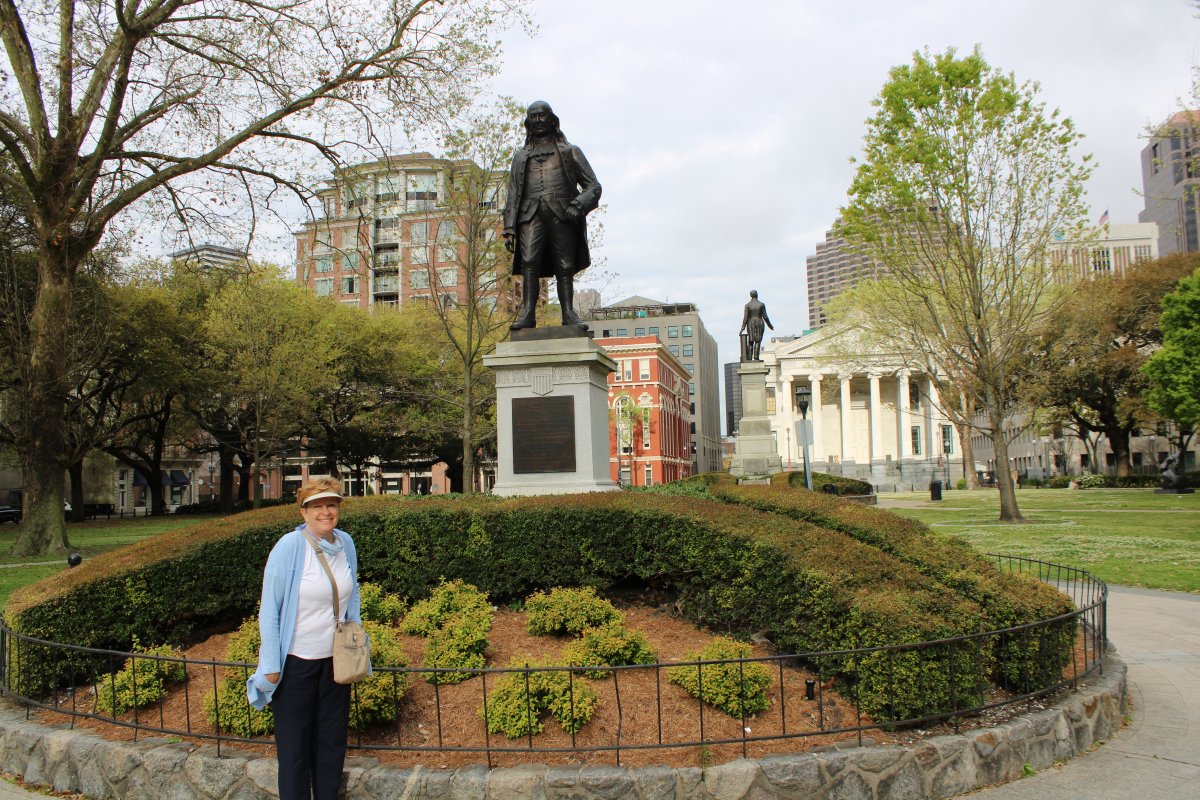 |
|
|
Near the World War II museum is Lee Monument in Lee Circle. But no General Robert E. Lee. He was removed in November 2019.
"Another failure of American society, suppressing and hiding history that happened, whether people like it or agree with it is irrelevant. Instead of destroying history and historical monuments, why don't you build new monuments somewhere else, and leave the current ones be."
"Thank goodness this statue is gone. New Orleans is now crime free. Racism has been ended. Hallelujah!"
|
| |
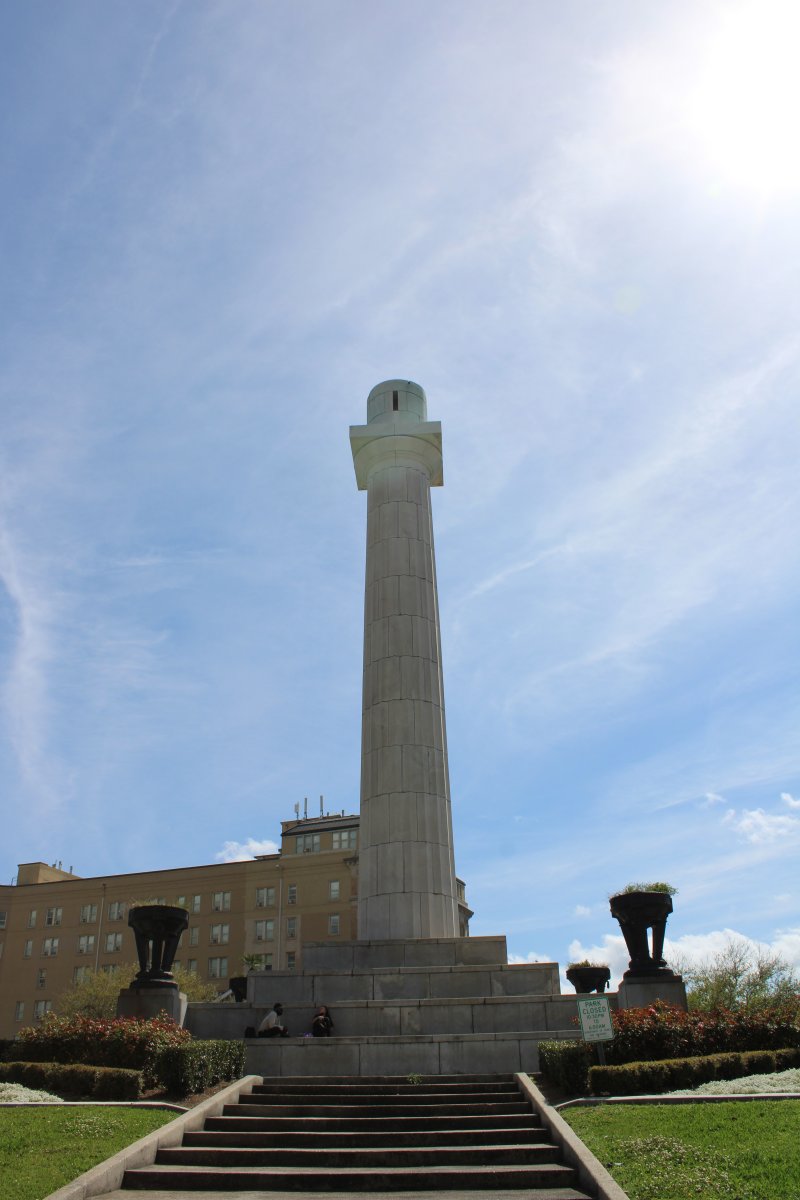 |
|
| The ad scene from November 2019. |
| |
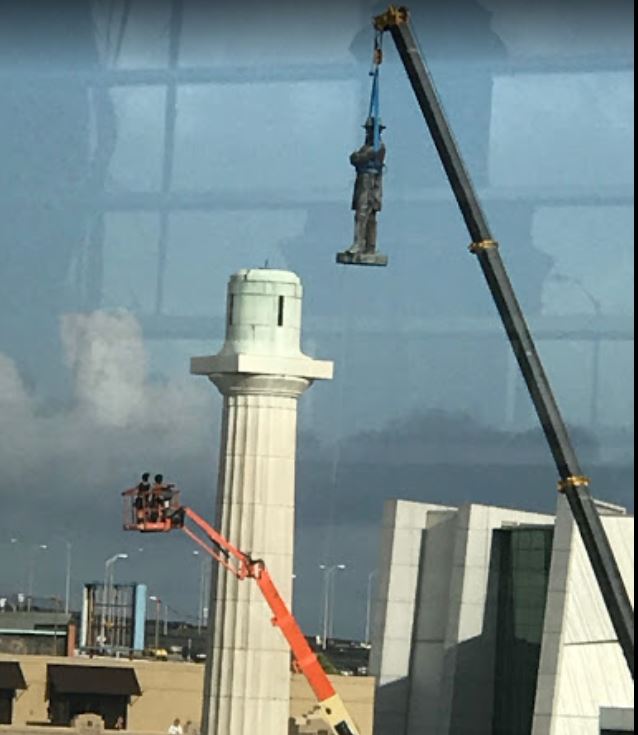 |
|
| Some friendly New Orleans folk. |
| |
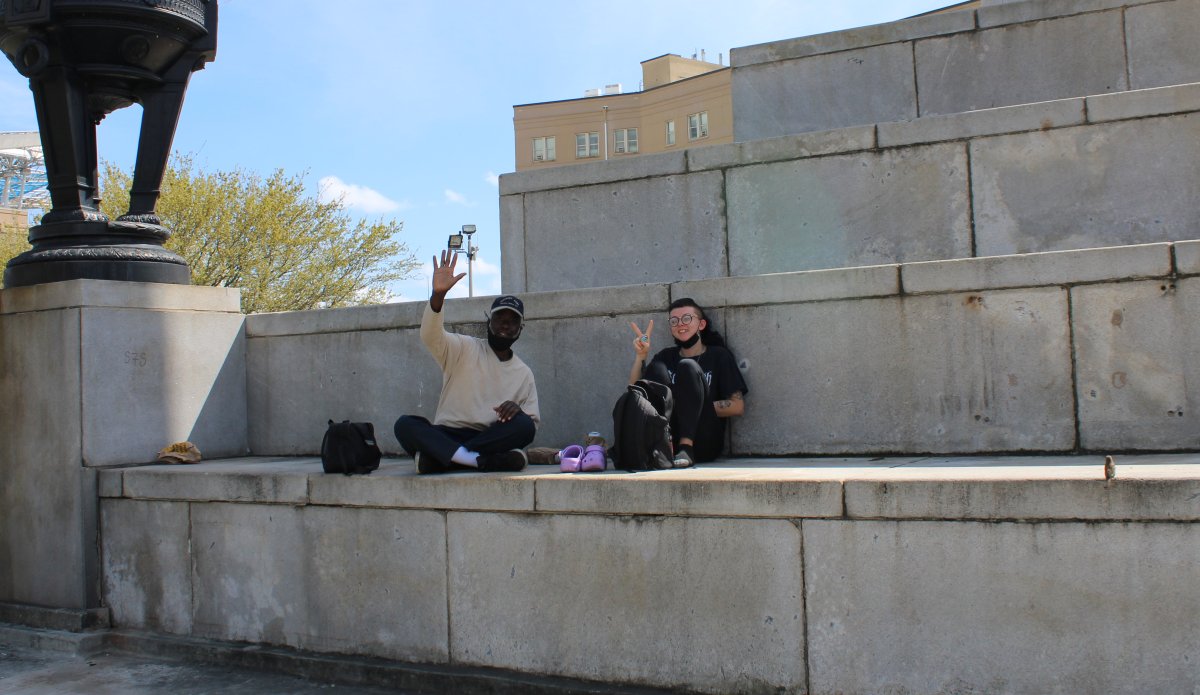 |
|
| |
| |
|
|
|
|
|
|























